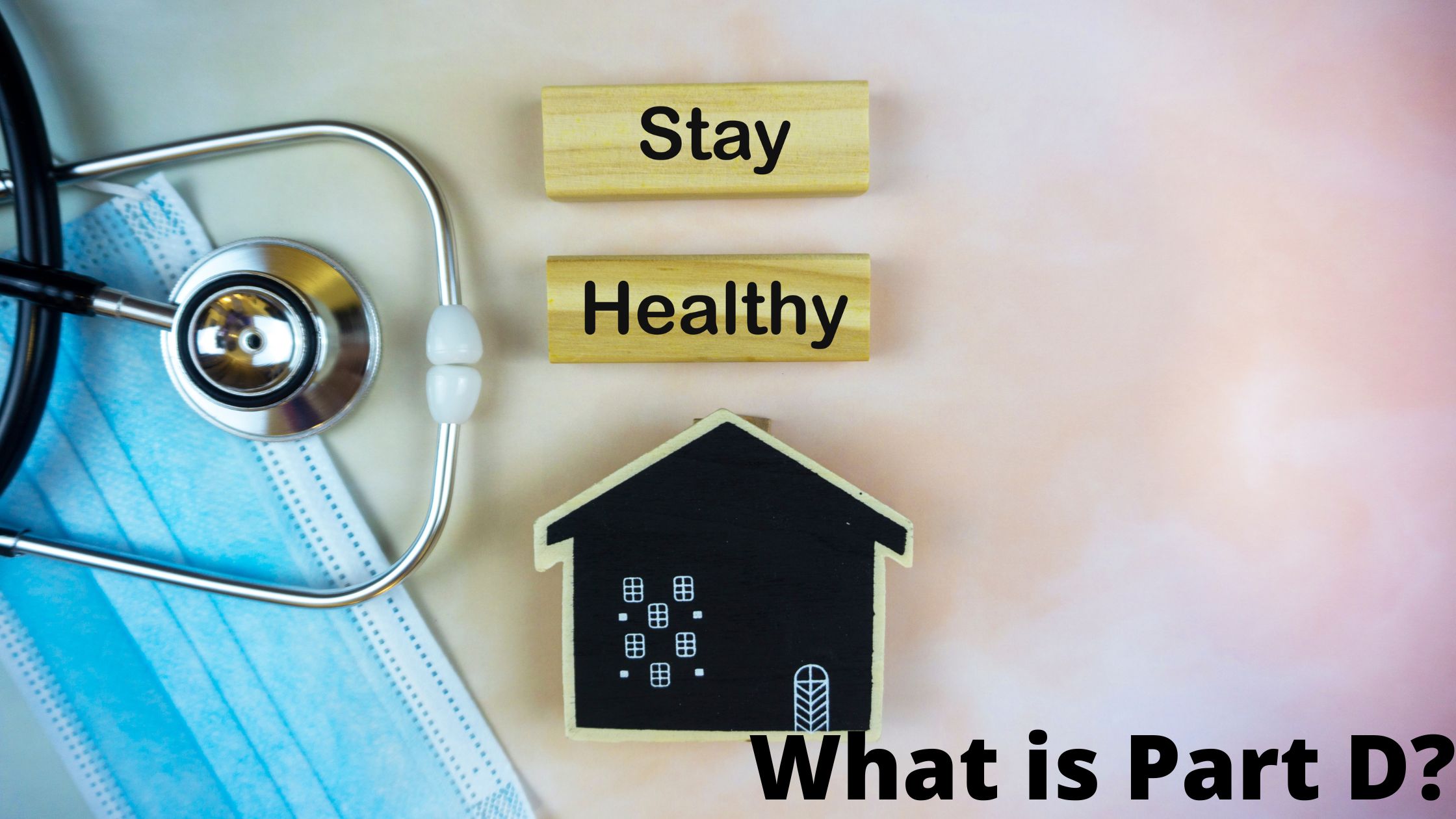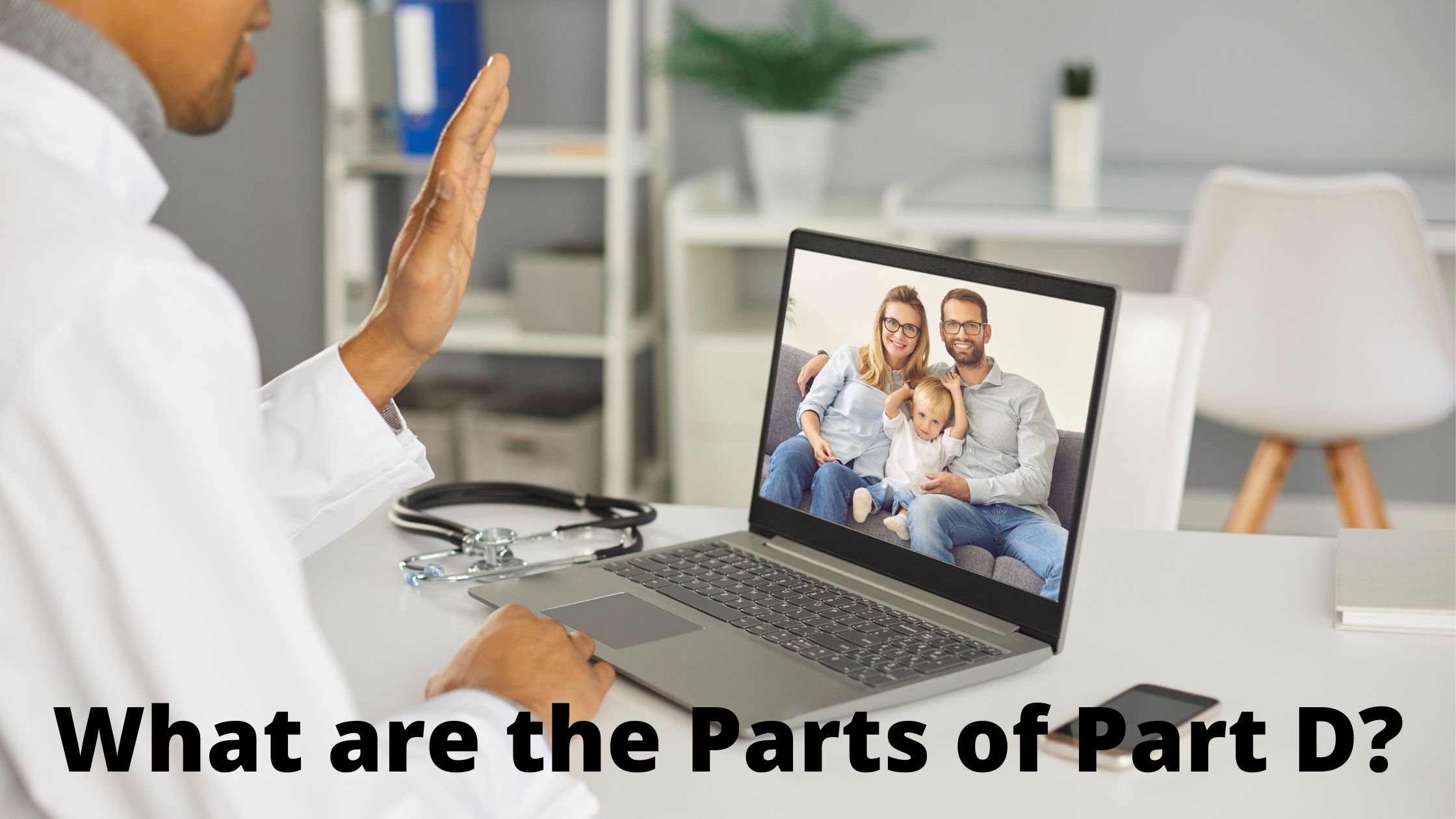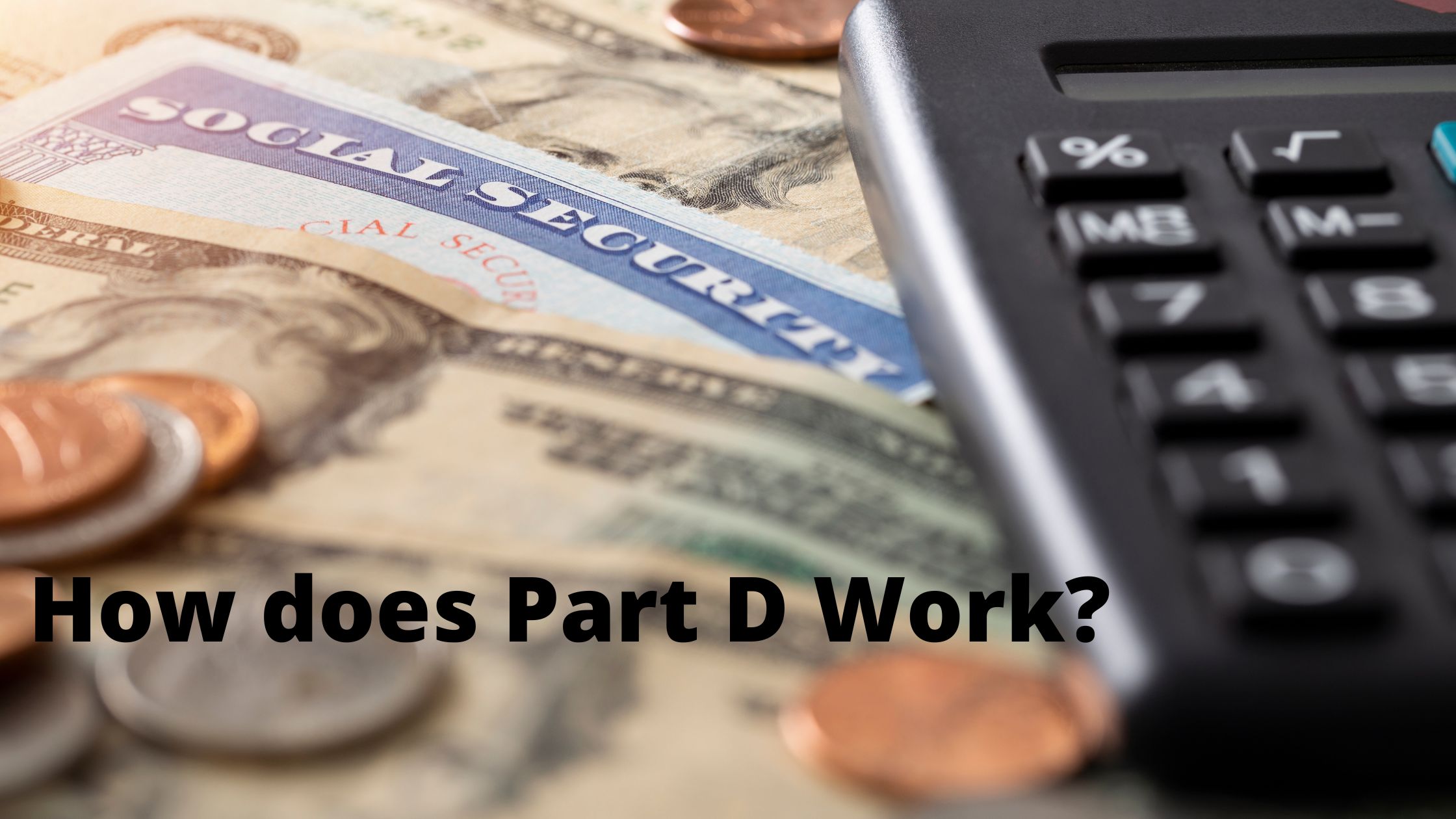If you’re like most people, you probably have a few different insurance policies scattered around your house. But what about your prescription drug coverage? If you’re not sure whether or not you have Part D drug coverage, read on to find out if you’re eligible and find out what you need to do to get started.
What is Part D?
The Part D prescription drug program provides coverage for medications used to treat chronic conditions. If you do not have health insurance, Part D may be the best option for you. To qualify for Part D, you must have Medicare coverage or be exempt from the Medicare requirement.
If you are not currently covered by a health insurance plan, or if your health insurance does not cover your medications, Part D may be the best option for you. You can find out if you are eligible and sign up for coverage at www.medicare.gov/drug/partd/.
Once you are enrolled in Part D, the program will help pay for your medications. The program has two components: a generic drug component and a specialty drug component. The generic drug component pays for drugs that are typically less expensive than brand-name drugs. The specialty drug component pays for drugs that are more expensive than generic drugs.
If you have questions about Part D, or if you would like to sign up for coverage, please visit www.medicare.gov/drug/partd/.
What are the Parts of Part D?
If you have Medicare Part D coverage, you may have Parts A and B. Parts A and B are the insurance parts of Medicare. They cover doctor’s appointments, hospital stays, and other costs.
You don’t need Parts A and B if you have Medicare Part D coverage. Part D covers most of the costs of your prescription drugs.
How does Part D Work?
Part D is Medicare’s prescription drug coverage program. You can have Part D coverage without having Parts A or B, but it’s not always easy. Here are five things to know about Part D:
1. You Must Have Medicare to Have Part D Coverage.
2. You Can Get Prescription Drug Coverage Without a Prescription from a Doctor.
3. There Are Several Plans to Choose From.
4. You Might Have To Pay For Prescription Drugs Out of Your Own Pocket.
5. You Can Cancel Your Part D Plan at Any Time.
Does Having Parts A and B Mean I’m Precluded from Coverage Under Part D?
If you have only Part A coverage, you may be able to continue that coverage under Medicare Part D. However, if you also have Part B coverage, you will likely be precluded from receiving coverage through Part D. This is because Medicare Part D is a drug plan specifically for seniors and people with disabilities.
Conclusion
In short, the answer is yes – you can have Part D coverage without having Parts A or B. However, there are a few things to keep in mind if you plan on doing so. First, make sure that your state has approved Part D for residents without Parts A and B. Second, be aware that premiums for this coverage will be higher than those who have Parts A and B coverage. Finally, it might be a good idea to talk to your doctor about the best way to go about obtaining Part D coverage without either of thoseParts A and B.

